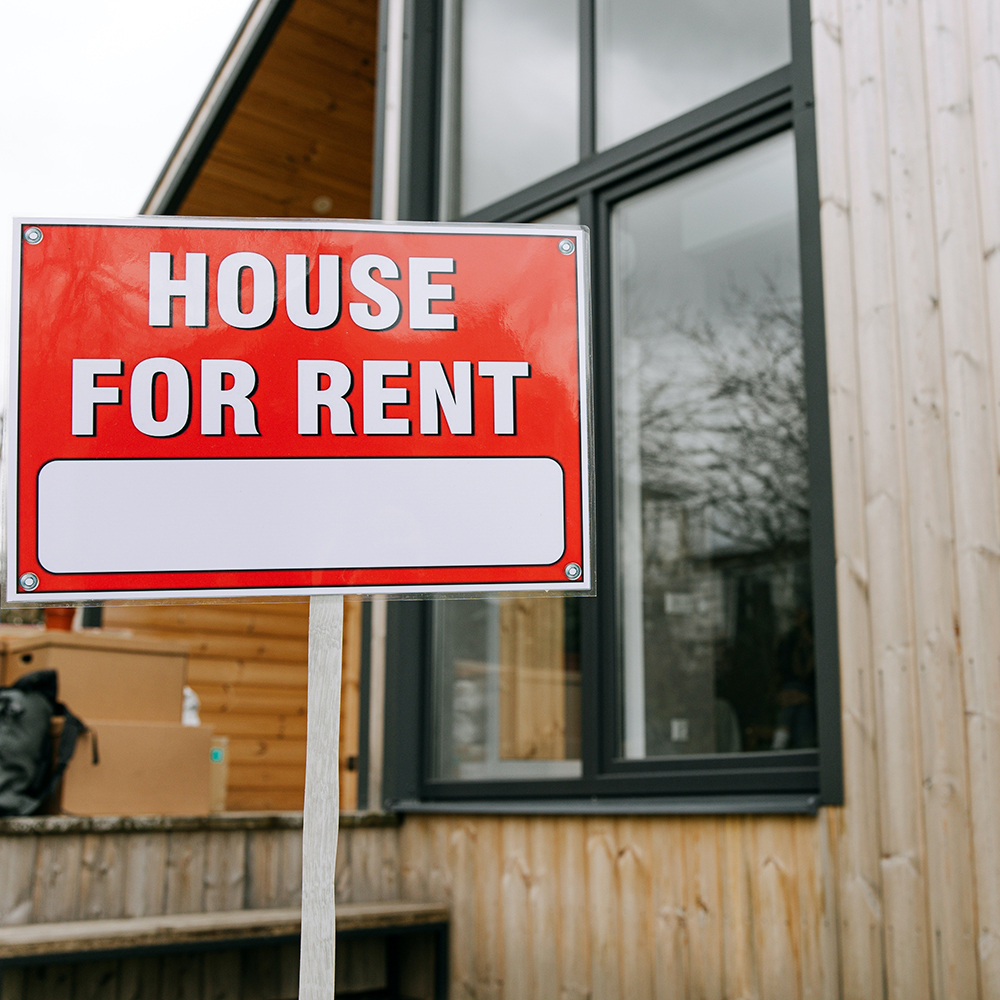These local measures usually come with a tough cap on rent increases, as well as the creation of a new board of bureaucrats to monitor rents while diverting millions of dollars from other core city services.
While local measures have fared better at the ballot box than the statewide efforts that can’t seem to take “no” for an answer, rent control as a policy fails to deliver on its promises. Rent control might cap rents at an artificial level that helps some renters in the short run, but it also makes the problems associated with the housing crisis worse.
California’s continuing housing crisis
California is home to the highest housing costs in the country, with the highest median home prices and the second highest average monthly rent. These rankings are driven by pricey metropolitan regions, with San Francisco, San Jose, San Diego, Los Angeles, Santa Ana, Anaheim, Oakland and Long Beach all cracking the top 20 nationally in highest average rent, and that’s after rents dropped.
According to Zumper, a rental site, rent for one-bedroom units dropped substantially in many of these cities in the past year: Down 9.1% in Oakland, 5% in Los Angeles, 2.3% in San Jose, 1.7% in San Francisco, 1.3% in San Diego and 1.1% in Long Beach (sorry Anaheim and Santa Ana, your rents increased).
Zumper told SF Gate these dips are largely due to population decrease in California cities over the past few years, which, along with a high unemployment rate, has weakened demand.
Demand weakens, but prices stay high
But even as demand weakened, rent prices have been held artificially high due to local municipalities’ staunch opposition to building more housing units. It’s estimated that California is around 2.5 million new housing units short of demand, but local municipalities are producing only around 120,000 per year. This paltry annual average is not even enough to keep up with current demand, meaning the gap grows wider every year.
An analysis of these regulatory forces highlight the economic theory of supply and demand. When a booming population meets a bunch of local governments that prevent enough houses being built, costs soar and when population and demand falls, so do prices. It seems those economic theories hold up.
Rent-controlled cities have highest rents
On the other hand, economists have long said rent control is bad for the housing market. A simple smell test proves that rent control doesn’t work – some of the most enthusiastic adopters of rent control are cities like New York, San Francisco and Los Angeles that have some of the most expensive rental markets in the country. In fact, California has had some type of rent control in place since 1995, only to see prices skyrocket.
But rent control is worse than simply being ineffective at controlling prices. It actually reduces the number of available units and drives down rental quality, all while unnecessarily making life difficult for landlords.
What happened in San Francisco?
In 2019, Stanford economists studied San Francisco’s rent-control policy, which had been in place since 1979 and was expanded in 1994. What they found first was that rent control made the market stagnant by encouraging people to stay in their units and not move, which in turn kept the number of vacancies artificially low. Since the policy tweak in 1994, renter mobility was suppressed by 20 percent.
On top of that, researchers found that the rent control actually reduced the number of available units by 15 percent because many landlords found it more beneficial to convert apartments to condos. Researchers also cited other studies that showed a correlation between repealing rent control ordinances and an increase in building maintenance. When rents are kept artificially low but all other costs rise, landlords are forced to look for savings somewhere.
“Thus, while rent control prevents displacement of incumbent renters in the short run, the lost rental housing supply likely drove up market rents in the long run, ultimately undermining the goals of the law,” Stanford researchers wrote.
Are local rules even necessary?
In 2019, Gov. Gavin Newsom signed into law the California Tenant Protection Act, which offered tenants protection from excessive rent increases and certain evictions. Regardless of whether this law was sound policy, it preempted the need for more local rent control, especially in the face of falling rents.
“If passed, the measures on the ballot in 2024 will only worsen our housing crisis, prompting housing providers to take units off the market,” said Joshua Howard, executive vice president for local government affairs for the California Apartment Association. “We need to educate housing providers and renters on the Tenant Protection Act and build more homes, not create more regulations and red tape.”
Matt Fleming is an opinion columnist for The Orange County Register.

